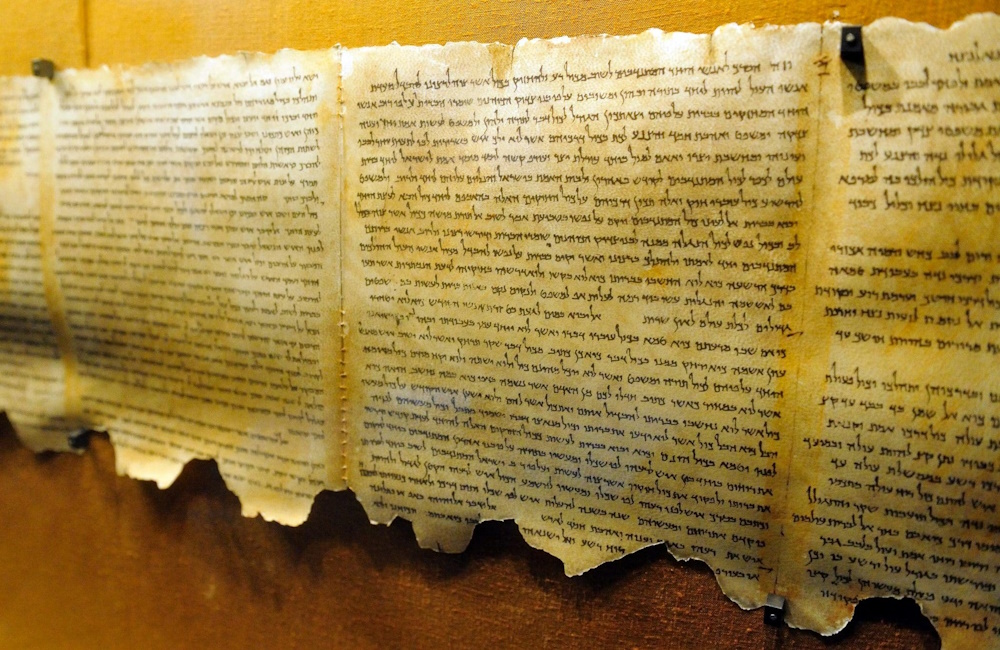The Dead Sea Scrolls are one of the most significant archaeological discoveries of the 20th century, providing crucial insights into the history of Judaism and the early context of Christianity. Discovered between 1947 and 1956 in the Qumran Caves near the Dead Sea, these ancient manuscripts date from the 3rd century BCE to the 1st century CE. The scrolls include a wide variety of texts, such as biblical manuscripts, sectarian writings, and other religious documents, offering a window into the diversity of Jewish religious thought and practice during the Second Temple period.
Historical Background
The scrolls are believed to have been written or collected by a Jewish sect, commonly associated with the Essenes, though this identification is debated. The Essenes were a separatist group that lived in the Judean Desert, adhering to strict religious practices and awaiting the coming of a messianic figure. The scrolls were likely hidden in the caves around the time of the First Jewish Revolt against Roman rule (66–73 CE), possibly to protect them from the advancing Roman army.
Content of the Scrolls: The Dead Sea Scrolls can be categorized into three main types of documents:
Biblical Texts: About 40% of the scrolls are copies of texts from the Hebrew Bible, making them the oldest known manuscripts of many biblical books. The most represented book is Psalms, followed by Deuteronomy and Isaiah. These texts are invaluable for studying the transmission of the biblical text over time, showing both the stability and variations of the scriptures.
Apocryphal and Pseudepigraphal Works: Another 30% of the scrolls contain texts not included in the canonical Hebrew Bible but related to Jewish religious thought. These include works like the Book of Enoch and Jubilees, which provide insight into Jewish beliefs about angels, the afterlife, and the coming of a messianic kingdom.
Sectarian Texts: The remaining scrolls are unique to the community at Qumran and include writings on their specific beliefs and practices. These texts, such as the Community Rule and the War Scroll, outline the group’s way of life, its interpretation of Jewish law, and its apocalyptic worldview. They believed in a dualistic struggle between the forces of light (representing their community) and darkness (everyone else), culminating in a final battle.
Significance
The Dead Sea Scrolls are crucial for understanding the religious landscape of Judaism during the Second Temple period, a time of great diversity and development. They shed light on various Jewish sects, their theology, and their expectations of the end times. Moreover, the scrolls provide important background for the study of early Christianity. For example, ideas about the Messiah, the interpretation of Jewish law, and apocalyptic expectations found in the scrolls echo some early Christian beliefs.
The scrolls also contribute to biblical scholarship by offering the earliest known versions of the Hebrew Bible, predating other ancient texts like the Masoretic Text and the Septuagint by centuries. This allows scholars to trace how biblical texts were transmitted and how certain books were regarded in ancient Judaism.
Discovery and Controversy
The first scrolls were discovered in 1947 by a Bedouin shepherd, leading to a series of excavations in the caves of Qumran. The initial discovery sparked a race among archaeologists and scholars to recover and study the scrolls. The process was fraught with controversy, including delays in the publication of the texts and debates over their interpretation.
Since their discovery, the scrolls have been the subject of intense study, with most of the manuscripts now published and accessible to scholars and the public. Advances in technology, including digital imaging and DNA analysis, have allowed for new discoveries and better preservation of the fragile scrolls.
Conclusion
The Dead Sea Scrolls are invaluable for understanding the religious, cultural, and political context of ancient Judaism and the early foundations of Christianity. They provide a rare glimpse into a pivotal period in history, revealing the complexity and richness of Jewish thought at the time. As research continues, the scrolls will undoubtedly continue to shape our understanding of the ancient world and its lasting influence on modern religious traditions.
